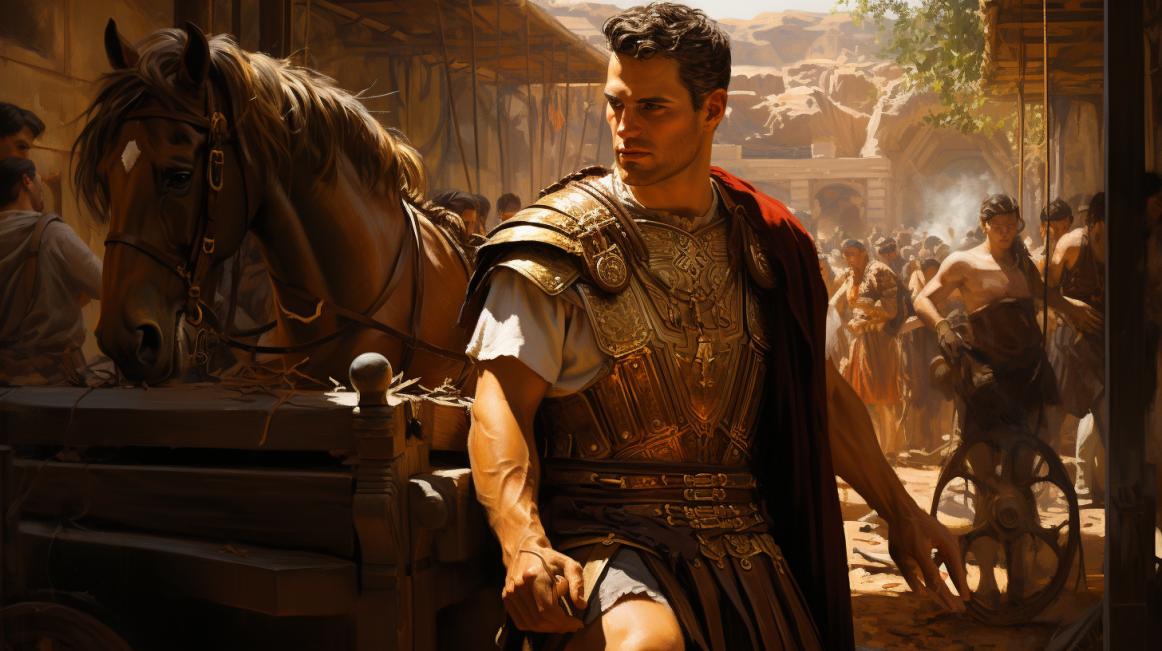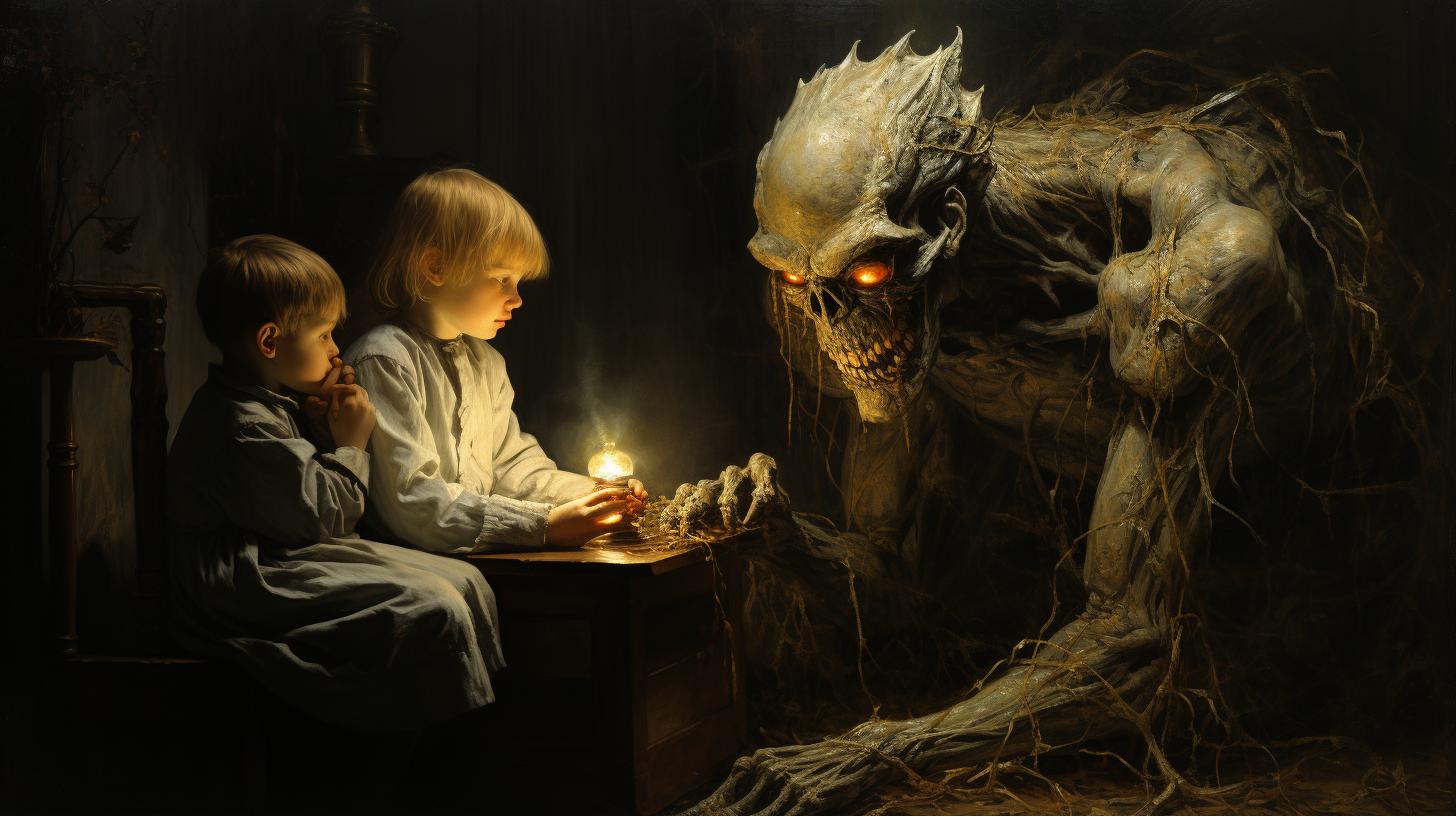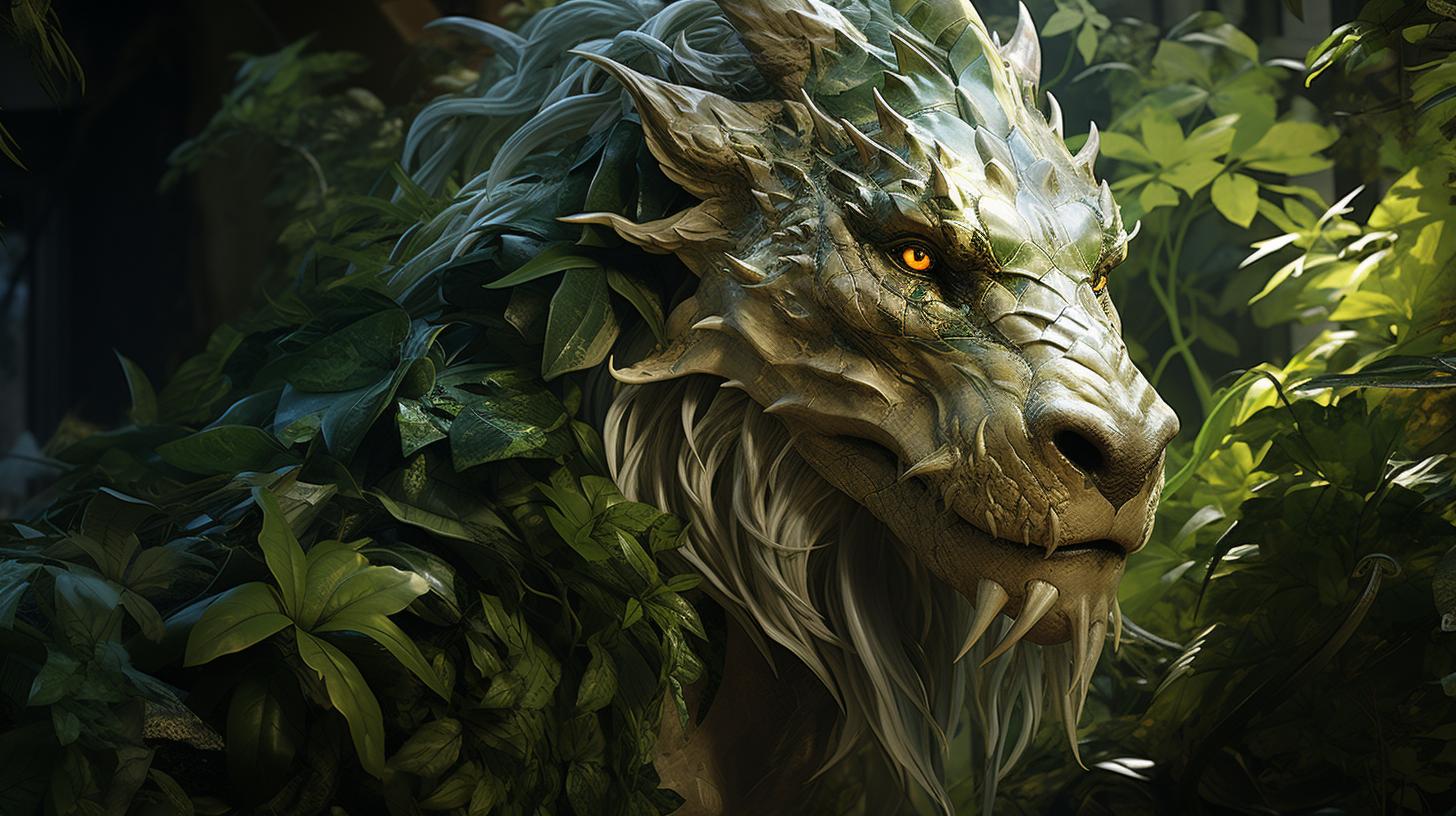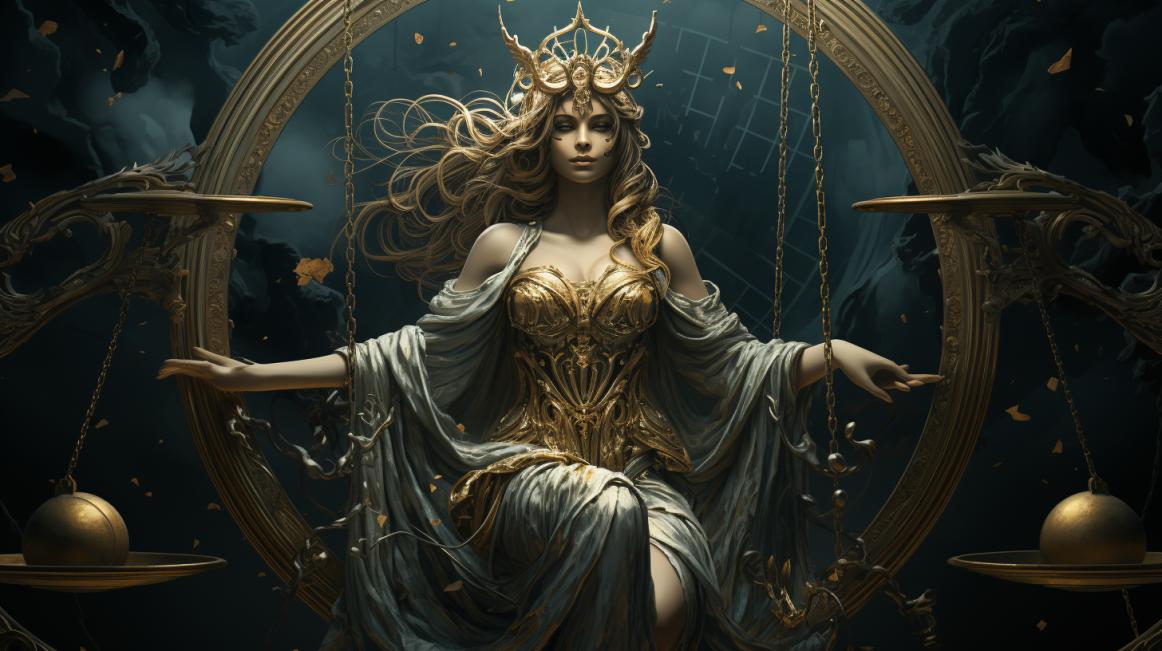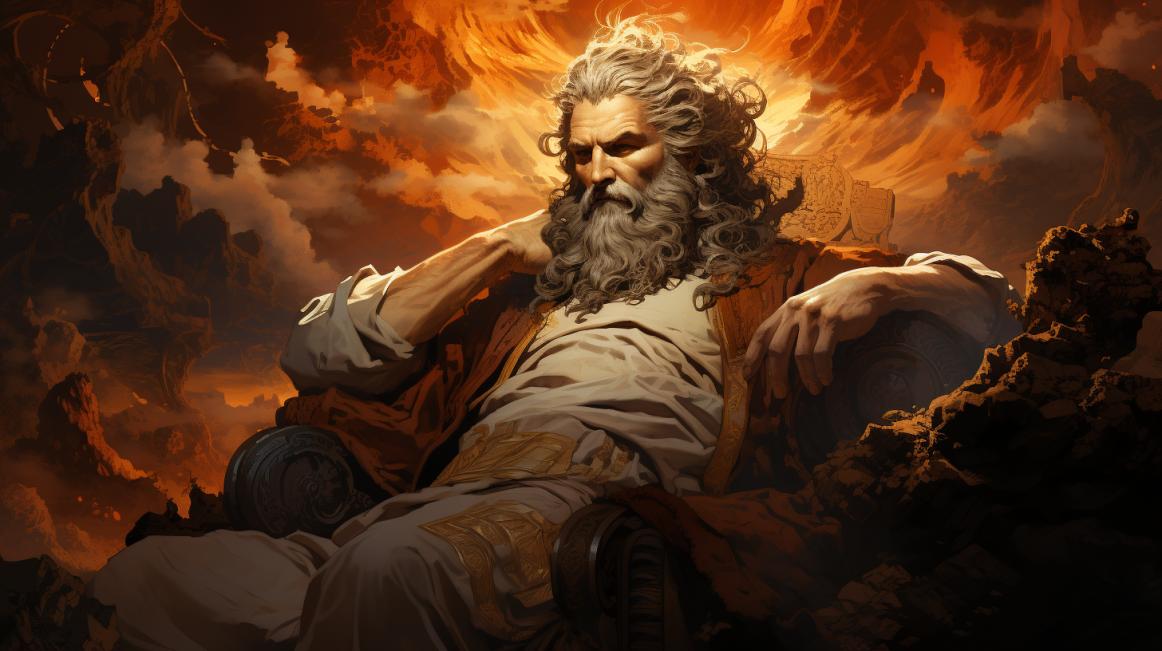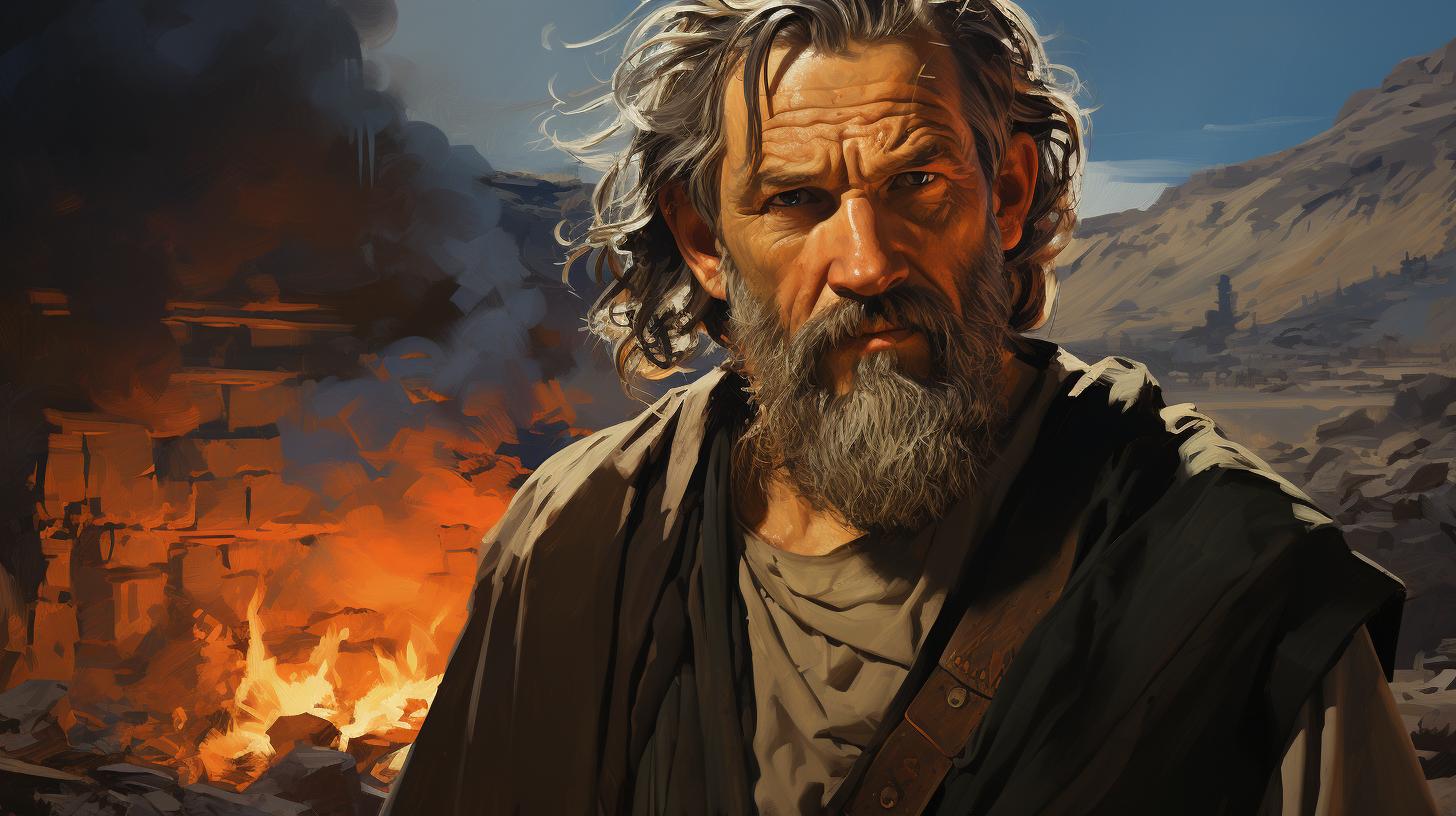Argus Panoptes in Greek Mythology: A Vigilant Giant with a Hundred Eyes
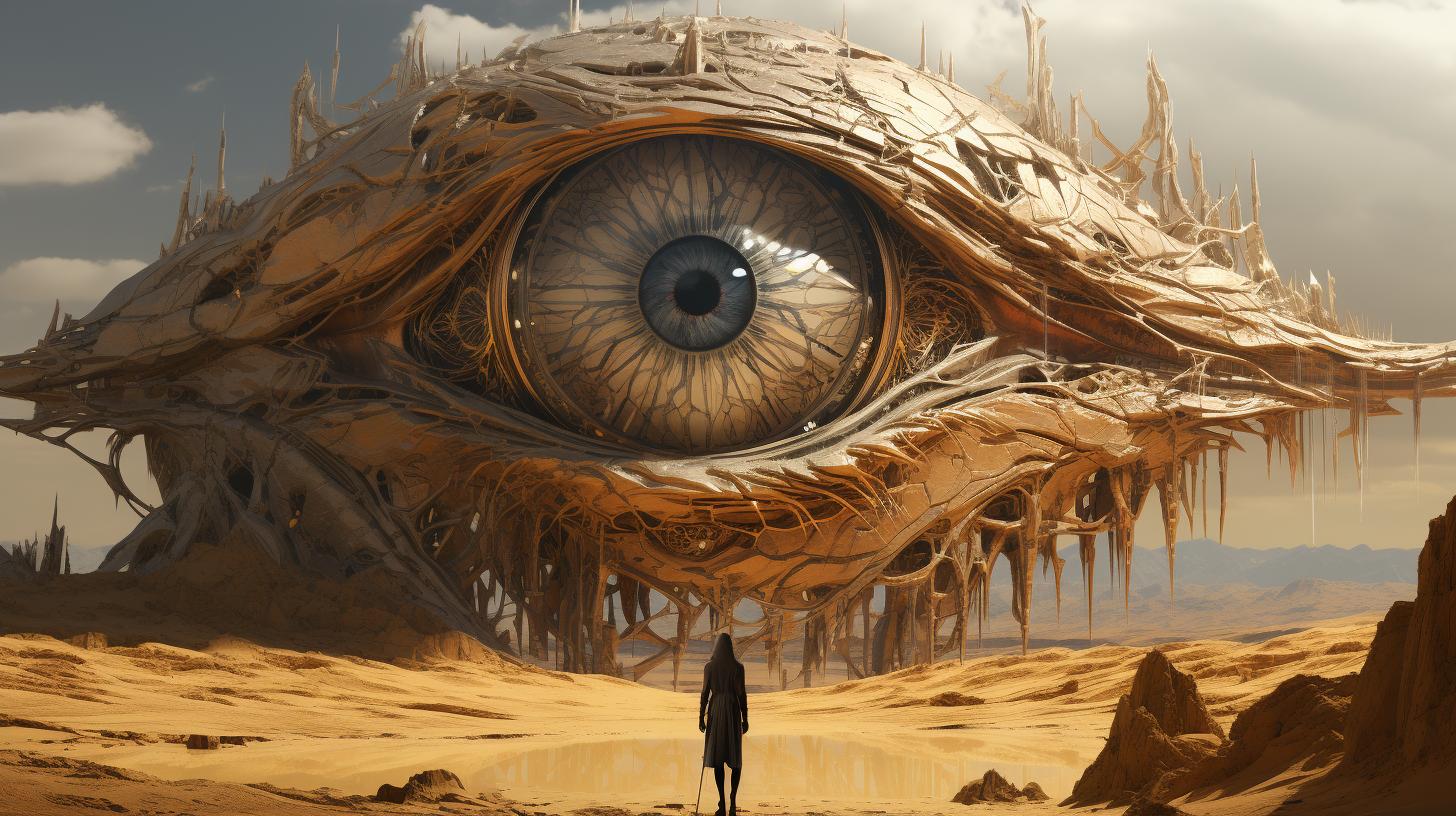
Argus Panoptes, a prominent figure in Greek mythology, was a giant with a hundred eyes. He was known for his keen and vigilant vision. Argus played a crucial role as the guardian of the nymph cow Io, under the protection of the goddess Hera. His task was to keep Io tied to a sacred olive tree in the Heraion of Argos, away from Zeus, who had fallen in love with her and transformed her into a beautiful white cow.
However, Hermes, the messenger of the gods, was sent by Zeus to rescue Io.
Origins and Family of Argus Panoptes
Argus Panoptes, a prominent figure in Greek mythology, was a giant known for his unique attribute of having a hundred eyes distributed across his body. Various versions of his lineage are mentioned, with different accounts attributing his parentage to Gaia, Agenor, Arestor, Inachus, or even Argos and Ismene.
Hailing from Mycenae, he earned the nickname ‘Panoptes’ due to his keen and all-seeing vision.
The Role of Argus Panoptes as Guardian of Io
Argus Panoptes, the giant with a hundred eyes, was assigned the crucial task of safeguarding the nymph-turned-cow, Io, under the watchful eyes of the goddess Hera. This section delves into the captivating narrative of Argus’ role as Io’s guardian, highlighting Io’s transformation at the hands of Zeus and her capture by the ever-vigilant Argus.
Io’s Transformation and Capture by Argus Panoptes
In a tale of forbidden love and jealousy, Zeus, the king of gods, transformed Io, a beautiful maiden, into a white cow to protect her from the wrath of his wife Hera. Aware of Zeus’ affections for Io, Hera tasked Argus Panoptes with the duty of keeping Io isolated and bound to a sacred olive tree in the Heraion of Argos.
Argus’ hundred eyes ensured constant surveillance, preventing Zeus from reaching Io.
Io’s capture by Argus was not only a means to protect her but also a symbol of Hera’s power and determination to thwart Zeus’ desires. Bound by her bovine form and Argus’ unwavering watch, Io was left to wander, tormented and isolated.
Hermes’ Intervention and Argus’ Demise
Hermes, the messenger of the gods, played a pivotal role in the dramatic events surrounding Argus and Io. Disguised as a shepherd, Hermes entered into a conversation with Argus, captivating him with compelling stories and soft music.
Slowly, Hermes succeeded in lulling Argus to sleep, causing his vigilant eyes to gradually close, one by one.
Seizing the opportune moment, Hermes swiftly beheaded the slumbering Argus, ending his watchful reign and liberating Io from her captivity. Hermes’ intervention showcased his cunning, and he earned the moniker of “Argus-slayer” or “asesino de Argus” in recognition of his accomplishment.
- Io’s transformation into a cow protected her from Hera’s wrath.
- Argus Panoptes guarded Io, keeping her bound to a sacred olive tree.
- Hermes disguised himself and succeeded in putting Argus to sleep.
- Argus’ demise at the hands of Hermes liberated Io from captivity.
Io’s Journey and Hera’s Influence
Io’s transformation into a cow and her subsequent capture by Argus Panoptes led to a tumultuous journey filled with torment and a final destination deeply influenced by the intervention of the goddess Hera. Let us delve into the details of Io’s journey and the impact of Hera’s influence.
Io’s Torment and Final Destination
After being transformed into a cow by Zeus, Io’s life took a tragic turn as she became the subject of Hera’s wrath. To torment Io, Hera sent a persistent and tormenting fly to continually chase and sting her.
Enduring immense suffering, Io embarked on a journey, constantly running and wandering in an attempt to escape her tormentor.
Io’s journey eventually led her to the Ionian Sea, which was given its name in honor of her presence. Here, Io found solace from the relentless pursuit of the fly and the merciless torment inflicted upon her.
Io’s Offspring with Zeus
During her painful journey, Io became pregnant with the child of Zeus. In Egypt, where she sought refuge, Io gave birth to their son, who would go on to play a prominent role in Greek mythology.
The birth of Io’s offspring further perpetuated the intricate web of divine relationships, intertwining the lives of gods, goddesses, and mortals. The story of Io’s offspring serves as a testament to the power dynamics and far-reaching consequences within the realm of Greek mythology.
Hera’s Tribute to Argus Panoptes
The goddess Hera, in gratitude for Argus Panoptes’ loyal service, decided to honor him after his demise. She executed a remarkable transformation, incorporating his distinctive eyes into the elegant plumage of the peacock.
Thus, the peacock’s iridescent feathers, with their mesmerizing patterns resembling eyes, became a symbol closely associated with Argus Panoptes.
Hera’s Transformation of Argus Panoptes
As a tribute to Argus, Hera didn’t limit herself to incorporating his eyes into the peacock’s feathers. According to some versions of the myth, Hera transformed Argus completely into a peacock, allowing him to dwell eternally as a dazzling creature of beauty and grace.
This metamorphosis immortalized Argus Panoptes in both mythological lore and the natural world.
The Peacock’s Connection to Argus Panoptes
The peacock, with its resplendent display of vibrant colors and striking patterns, serves as a constant reminder of Argus Panoptes’ vigilant nature. Its magnificent plumage, adorned with the “eyes” inherited from the mythological giant, evokes a sense of watchfulness and awareness.
The peacock thus stands as a living testament to the legacy of Argus Panoptes’ role as a guardian and his everlasting impact on Greek mythology.
Argus Panoptes’ Bravery and Heroic Feats
Argus Panoptes, known for his unmatched bravery, has been celebrated for his impressive feats in Greek mythology.
Let’s explore two notable instances where Argus displayed his courage and strength.
Argus Panoptes’ Defeat of the Serpent Echidna
One of Argus Panoptes’ most legendary accomplishments was his triumph over the fearsome serpent Echidna. While she slumbered in her cave, Argus valiantly approached and courageously engaged in a fierce battle with the monstrous creature.
With strategic precision and unwavering determination, he succeeded in delivering a fatal blow, vanquishing the serpent and ensuring the safety of the surrounding lands. This awe-inspiring victory solidified Argus Panoptes’ reputation as a formidable warrior.
Argus Panoptes’ Confrontation with a Wild Bull and a Satyr
Argus’ courage extended beyond battling serpents. In another daring encounter, he faced off against a wild bull that posed a threat to innocent villagers. With his immense strength and unmatched bravery, Argus fearlessly confronted the raging beast, eventually overpowering it and saving the local community from harm.
Additionally, tales speak of his heroic confrontation with a mischievous satyr who stole livestock, proving Argus’ unwavering commitment to protecting the innocent and maintaining harmony.
Argus Panoptes’ bravery and heroic exploits have cemented his legendary status in Greek mythology.
His triumphs over formidable adversaries showcase his strength, courage, and unwavering determination in the face of danger, leaving a lasting legacy that continues to inspire.
The Legacy of Argus Panoptes in Greek Mythology and Beyond
Animals Named After Argus Panoptes
The enduring myth of Argus Panoptes has left its mark on various animal species, which carry his name as a testament to his iconic presence.
Some of these animals include:
- Cnemaspis argus, Eremias argus, Sibon argus, and Sphaerodactylus argus: Reptiles named after Argus Panoptes, characterized by their unique patterns of ocular spots reminiscent of his numerous eyes.
- Varanus panoptes: A monitor lizard known as the Argus Monitor, reflecting the vigilance associated with the mythological figure.
- Argusianus argus: The Argus Pheasant, a bird known for its striking feather patterns, reminiscent of Argus Panoptes’ watchful eyes.
- Cephalopholis argus: The Argus Groupers, aquatic creatures with intricate markings symbolizing the mythical guardian.
- Arestorides argus: The Argus Shell, a seashell adorned with patterns resembling the eyes of Argus Panoptes.
Cultural References and Influence of the Myth
The legacy of Argus Panoptes extends beyond mythology and has seeped into various aspects of culture and art.
His story has provided inspiration to writers, poets, painters, and sculptors throughout history. The enduring symbolism of Argus Panoptes as a representative of vigilance, watchfulness, and perception has made him a subject of fascination and reference in literature, symbolism, and popular culture.
Argus Panoptes as a Symbol of Vigilance and Awareness
Argus Panoptes’ role as a vigilant guardian has solidified his position as a symbol of vigilance and awareness. His countless watchful eyes exemplify a state of constant alertness, reminding individuals of the need to remain watchful, attentive, and perceptive in the face of potential dangers or challenges.
The figure of Argus Panoptes serves as a powerful reminder to maintain a keen sense of awareness in our daily lives.
.












